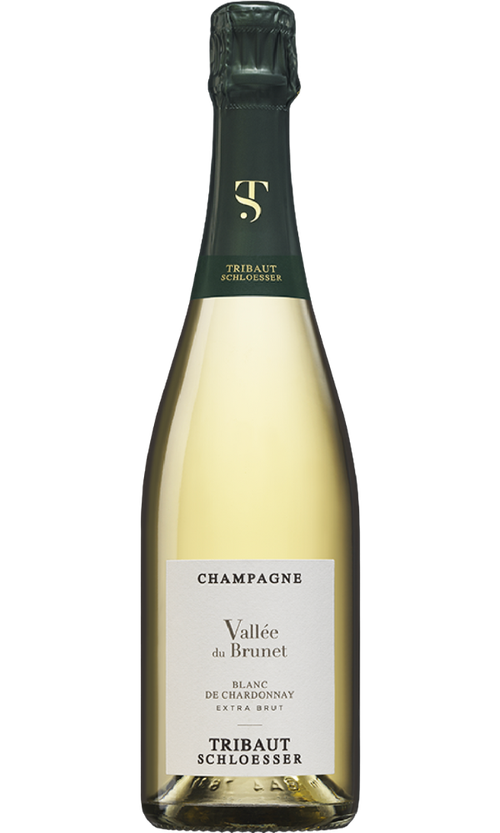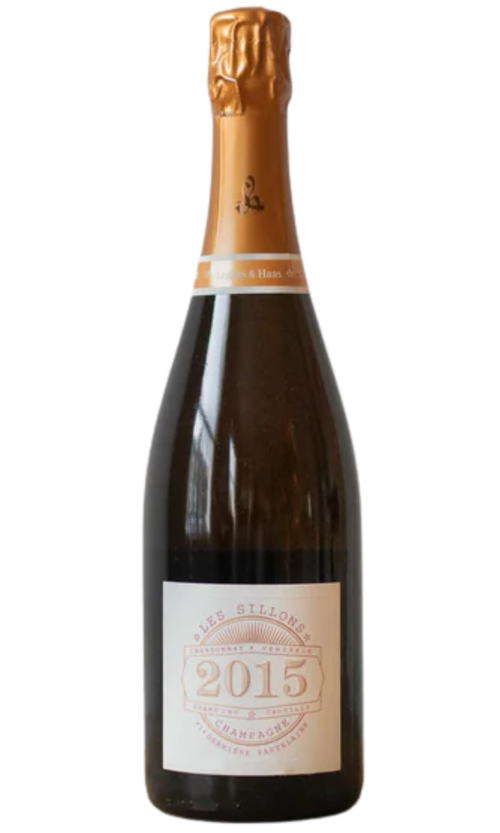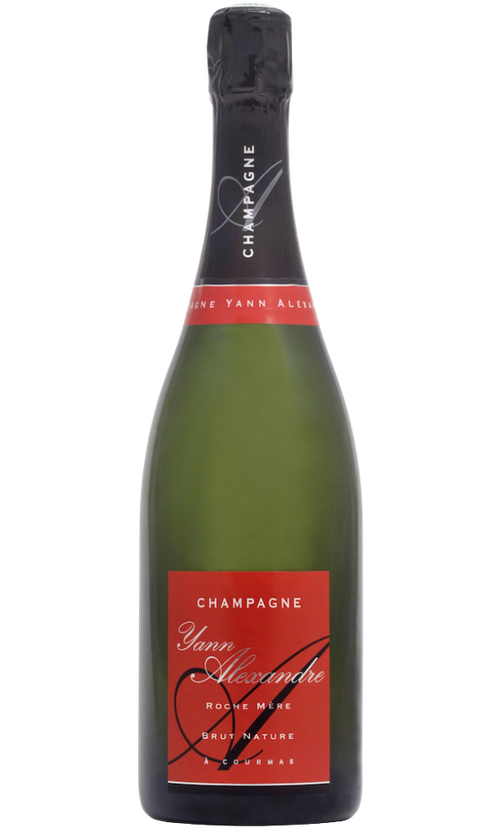
Refine Your Palate

- Curated by unrivaled experts
- Choose your delivery date
- Temperature controlled shipping options
- Get credited back if a wine fails to impress
Wine Tasting Set
- Curated by unrivaled experts
- Choose your delivery date
- Temperature controlled shipping options
- Get credited back if a wine fails to impress
Deepen Your Understanding of Wine
When assessing a wine, the structure of the wine offers as much to take notice of as the aromas and flavors. When the Wine Access judging panel tastes wines, we conduct an organoleptic assessment that notes every structural element of the wine – body, alcohol, acid, tannins, winemaking influences - and of course, how these all balance together.
Taking note of structural components can deepen your understanding of wine. The wines below demonstrate different structures and winemaking techniques at work. I encourage you to take your personal preferences out of the picture when tasting these wines. Instead, taste like a detective - use what you are feeling on your palate first, then take note of the flavors, and finally add your assessment of how much you like that particular wine. Using these tools give you a much more comprehensive understanding to help you choose wines that you will love. If you have ample glassware, I’d suggest tasting these wines side by side so you can compare and contrast as you go. Enjoy!
Wine Tasting Set Includes:
NV Michel Turgy Champagne Blanc de Blancs Grand Cru Brut Reserve Selection
There is much to learn from tasting this wine, but I also chose a sparkling wine to set a festive mood for your tasting. To accurately assess this (and other structural elements of any wine), really take a moment to swish the wine around in your mouth, and then take another moment to feel what is happening once you spit out the wine (or drink it – I don’t judge!). Acid is a key component of all wines, adding freshness, balance and longevity, and is especially important in Champagne to balance the effects of the second fermentation in the bottle. Following the second fermentation, wines made in the traditional method rest on the lees - the dead yeast cells. As these cells break down over time (a process called autolysis) they release compounds into the wine which change the flavors and texture of the wine, adding toasty or brioche flavors, and a broad yet delicate texture. The Michel Turgy has spent over two years on the lees, and this is evident on the palate from the round mouthfeel, flavors of marzipan, and balanced by the laser focused acidity.
2016 Granbazan Albarino "Etiqueta Ambar" Rias Baixas Spain
Let’s go back to acidity for a moment. Acid is what makes wine ideal for pairing with food over other beverages. Acid wakes up your palate, priming it for other flavors. The amount of acidity in a grape is determined just like any other fruit – by how cool or warm the climate, and by how early the fruit is picked. This wine is from Rias Baixas, a coastal region in northwest Spain, and these particular vineyards are in the coolest and wettest area. Swish this wine in your mouth and then notice how much your mouth begins to salivate. This mouthwatering acidity, along with the notes of peaches, citrus zest, and a cut of salinity make this ideal for pairing with seafood, especially prawns and ceviche. I’m a big fan of wines with bright acidity – always in balance with the fruit ripeness, of course – and this wine is a great example
2015 TOR Wines TOR Chardonnay Durell Vineyard
As we progress through the white wines, there are numerous winemaking elements that affect the feel and the flavors of the wines. The Durell Vineyard is a prized vineyard on the Sonoma Coast. The proximity to the sea provides cooling influences which preserves the fresh acidity. Tasting this wine, there are two key differences from the previous white wine which occurred in the winery – malolactic fermentation and oak maturation. Malolactic (or MLF for short) is not truly a 2nd fermentation, like with sparkling wine for instance, but a conversion of tart malic acid into softer malic acid. Certain varieties, like Chardonnay, have an affinity for MLF, gaining complexity and texture. You can notice it in this wine by the softened edge to the acidity, and by subtle notes of clarified butter. This wine was also matured in French oak barrels, 68% of which were new. The newer the barrel, the more impact it will have on the aromas and flavor the wine. The combination of new and older barrels used for this wine strikes the perfect balance of accenting the fruit with subtle notes of baking spices and toasted vanilla without overpowering it. The time in oak has also added a softness to the texture which is in concert with the vibrant acidity.
2014 Ponzi Classico Pinot Noir Willamette Valley
Moving into the red wines, we can add another structural component to our list of things to notice - tannins. Tannins are polyphenols that come from the skins, seeds, and stems of grapes. On your palate, they can be noticed as a drying sensation and in some cases, as a bit of astringency. If you aren’t sure what to look for, take a sip of very strong black tea and notice how it feels as if the moisture was pulled out of your tongue. In red wines, tannins add textural complexity as well as a backbone that allows the wines to age in bottle. Pinot Noir is a variety known for medium to low tannins, but tasting this wine, one can still notice a bit of a silky texture on the palate and a slight drying note on the finish. The wine was matured in 35% new French oak, which can be detected by hints of dark chocolate and smoke surrounding the juicy berry notes of raspberries and red cherry.
2014 Le Vieux Donjon Châteauneuf-du-Pape
Now I’d like you to begin noticing the body of the wine. Body isn’t one single thing, but the overall feeling of the weight of the wine on your palate. It can be influenced by alcohol, tannins and acid. This wine has slightly firmer tannins than the Pinot Noir and a tick of higher alcohol, which contribute to the feeling of a fuller body. On the palate, it is opulent, with an intriguing balance of blackberry, cracked pepper, lavender, and game.
2014 Purlieu Cabernet Sauvignon Napa Valley
With this final red, we taste firmer tannins and a fuller body. Cabernet Sauvignon is a high tannin variety – one of the reasons it ages well. Tasting this wine, one can immediately feel the textural complexity of velvety yet structured tannins – almost as if the tannins are a pedestal for the ripe and bold flavors of black cherry, blueberry, and cassis. The body is full on the palate - but balanced by an enlivening acidity that keeps the wine from feeling leaden. This is what is meant when a wine is called balanced – all the structural components are working together harmoniously. To add one last element to your wine tasting skills, consider the finish of the wine. The finish is how long the pleasant flavors of the wine linger on your palate. This wine stays true and intense for at least a minute after tasting, a sign of an impeccably made wine.
You might also like these wines
- Wine Team Favorite
- Member Favorite
- Member Favorite
- Member Favorite
- You're on page












